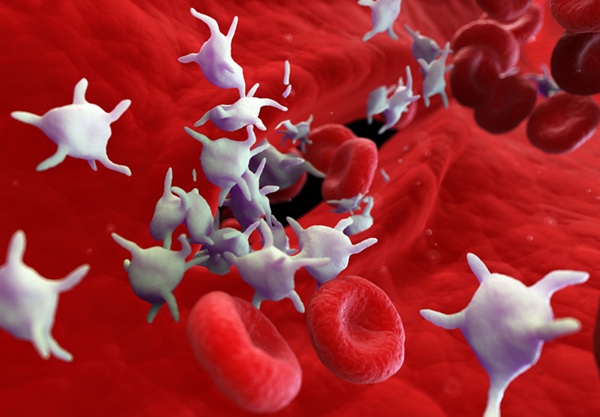Biomarker Test Developed for Chronic Fatigue Syndrome
|
By LabMedica International staff writers Posted on 16 May 2019 |

Image: A nanoelectronics assay: stressed blood cells could be a biomarker for chronic fatigue (Photo courtesy of The Scientist).
Myalgic encephalomyelitis, or chronic fatigue syndrome (ME/CFS), is a serious condition that may affect up to 2.5 million people in the USA. Symptoms include extreme tiredness, difficulty sleeping, trouble with thinking and remembering things, muscle pain and aches, a recurring sore throat, and tender lymph nodes.
Currently, physicians can only diagnose ME/CFS by examining a person's symptoms and medical history, and by excluding other possible illnesses. This can make the diagnosis process difficult, lengthy, and inaccurate. A new diagnostic test looks at how a person's immune cells react to stress.
Scientists at the Stanford University School of Medicine (Stanford, CA, USA) have developed a nanoelectronics assay designed as an ultrasensitive assay capable of directly measuring biomolecular interactions in real time, at low cost, and in a multiplex format. The team applied the test to the blood samples of 40 people, 20 of who had ME/CFS and 20 whom did not.
The scientists used a nanoelectronic assay, which measures small changes in energy to assess the health of immune cells and blood plasma, to see how the immune cells and blood plasma process stress. To develop the test, the team took advantage of "advancements in micro/nanofabrication, direct electrical detection of cellular and molecular properties, microfluidics, and artificial intelligence techniques."
The test detects "biomolecular interactions in real time" by using thousands of electrodes to create an electrical current, and by using small chambers that contain blood samples with only immune cells and blood plasma. Inside the small chambers, the immune cells and plasma interact with the electrical current, altering its flow. The scientists used salt to stress the blood samples of some people with ME/CFS and some people without the condition. They then assessed the changes in electrical current. Their test accurately identified all of the people with ME/CFS without misidentifying any of the people who did not have the condition.
The team concluded that they had observed robust impedance modulation difference of the samples in response to hyperosmotic stress can potentially provide a unique indicator of ME/CFS. Moreover, using supervised machine learning algorithms, they developed a classifier for ME/CFS patients capable of identifying new patients, required for a robust diagnostic tool.
Rahim Esfandyarpour, PhD, a Bioengineer and first author of the study, said, “Using the nanoelectronics assay, we can add controlled doses of many different potentially therapeutic drugs to the patient's blood samples and run the diagnostic test again.” The study was published on April 29, 2019, in the journal Proceedings of the National Academy of Sciences.
Related Links:
Stanford University School of Medicine
Currently, physicians can only diagnose ME/CFS by examining a person's symptoms and medical history, and by excluding other possible illnesses. This can make the diagnosis process difficult, lengthy, and inaccurate. A new diagnostic test looks at how a person's immune cells react to stress.
Scientists at the Stanford University School of Medicine (Stanford, CA, USA) have developed a nanoelectronics assay designed as an ultrasensitive assay capable of directly measuring biomolecular interactions in real time, at low cost, and in a multiplex format. The team applied the test to the blood samples of 40 people, 20 of who had ME/CFS and 20 whom did not.
The scientists used a nanoelectronic assay, which measures small changes in energy to assess the health of immune cells and blood plasma, to see how the immune cells and blood plasma process stress. To develop the test, the team took advantage of "advancements in micro/nanofabrication, direct electrical detection of cellular and molecular properties, microfluidics, and artificial intelligence techniques."
The test detects "biomolecular interactions in real time" by using thousands of electrodes to create an electrical current, and by using small chambers that contain blood samples with only immune cells and blood plasma. Inside the small chambers, the immune cells and plasma interact with the electrical current, altering its flow. The scientists used salt to stress the blood samples of some people with ME/CFS and some people without the condition. They then assessed the changes in electrical current. Their test accurately identified all of the people with ME/CFS without misidentifying any of the people who did not have the condition.
The team concluded that they had observed robust impedance modulation difference of the samples in response to hyperosmotic stress can potentially provide a unique indicator of ME/CFS. Moreover, using supervised machine learning algorithms, they developed a classifier for ME/CFS patients capable of identifying new patients, required for a robust diagnostic tool.
Rahim Esfandyarpour, PhD, a Bioengineer and first author of the study, said, “Using the nanoelectronics assay, we can add controlled doses of many different potentially therapeutic drugs to the patient's blood samples and run the diagnostic test again.” The study was published on April 29, 2019, in the journal Proceedings of the National Academy of Sciences.
Related Links:
Stanford University School of Medicine
Latest Technology News
- Disposable Microchip Technology Could Selectively Detect HIV in Whole Blood Samples
- Pain-On-A-Chip Microfluidic Device Determines Types of Chronic Pain from Blood Samples
- Innovative, Label-Free Ratiometric Fluorosensor Enables More Sensitive Viral RNA Detection
- Smartphones Could Diagnose Diseases Using Infrared Scans
- Novel Sensor Technology to Enable Early Diagnoses of Metabolic and Cardiovascular Disorders
- 3D Printing Breakthrough Enables Large Scale Development of Tiny Microfluidic Devices
- POC Paper-Based Sensor Platform to Transform Cardiac Diagnostics
- Study Explores Impact of POC Testing on Future of Diagnostics
- Low-Cost, Fast Response Sensor Enables Early and Accurate Detection of Lung Cancer
- Nanotechnology For Cervical Cancer Diagnosis Could Replace Invasive Pap Smears
- Lab-On-Chip Platform to Expedite Cancer Diagnoses
- Biosensing Platform Simultaneously Detects Vitamin C and SARS-CoV-2
- New Lens Method Analyzes Tears for Early Disease Detection
- FET-Based Sensors Pave Way for Portable Diagnostic Devices Capable of Detecting Multiple Diseases
- Paper-Based Biosensor System to Detect Glucose Using Sweat Could Revolutionize Diabetes Management
- First AI-Powered Blood Test Identifies Patients in Earliest Stage of Breast Cancer
Channels
Clinical Chemistry
view channel
‘Brilliantly Luminous’ Nanoscale Chemical Tool to Improve Disease Detection
Thousands of commercially available glowing molecules known as fluorophores are commonly used in medical imaging, disease detection, biomarker tagging, and chemical analysis. They are also integral in... Read more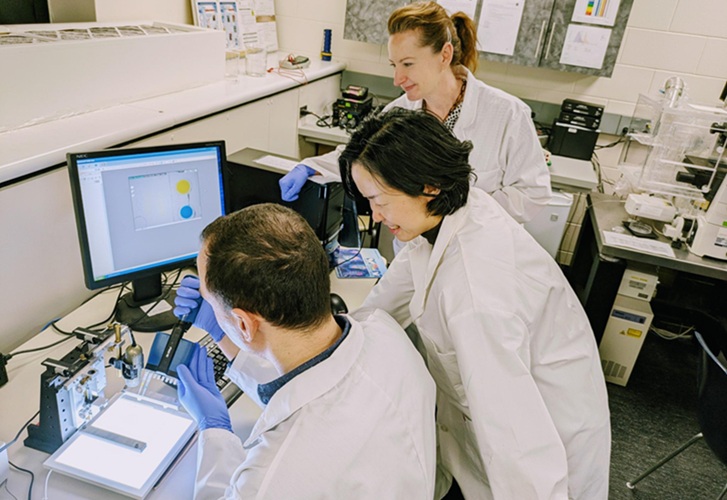
Low-Cost Portable Screening Test to Transform Kidney Disease Detection
Millions of individuals suffer from kidney disease, which often remains undiagnosed until it has reached a critical stage. This silent epidemic not only diminishes the quality of life for those affected... Read more
New Method Uses Pulsed Infrared Light to Find Cancer's 'Fingerprints' In Blood Plasma
Cancer diagnoses have traditionally relied on invasive or time-consuming procedures like tissue biopsies. Now, new research published in ACS Central Science introduces a method that utilizes pulsed infrared... Read moreMolecular Diagnostics
view channel
Blood Test Could Predict Relapse of Autoimmune Blood Vessel Disease
Neutrophils, once believed to be uniform in nature, have been discovered to exhibit significant diversity. These immune cells, which play a crucial role in fighting infections, are also implicated in autoimmune... Read more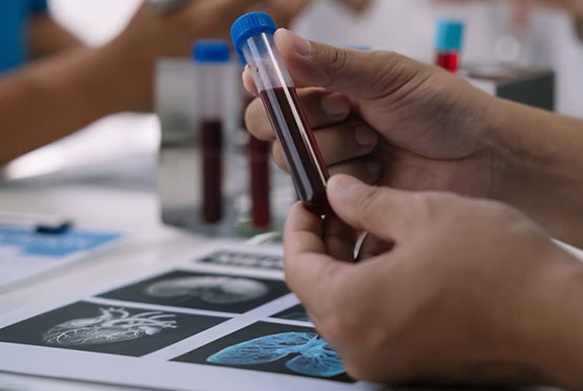
First-of-its-Kind Blood Test Detects Trauma-Related Diseases
In today’s fast-paced world, stress and trauma have unfortunately become common experiences for many individuals. Continuous exposure to stress hormones can confuse the immune system, causing it to misinterpret... Read moreHematology
view channel
New Scoring System Predicts Risk of Developing Cancer from Common Blood Disorder
Clonal cytopenia of undetermined significance (CCUS) is a blood disorder commonly found in older adults, characterized by mutations in blood cells and a low blood count, but without any obvious cause or... Read more
Non-Invasive Prenatal Test for Fetal RhD Status Demonstrates 100% Accuracy
In the United States, approximately 15% of pregnant individuals are RhD-negative. However, in about 40% of these cases, the fetus is also RhD-negative, making the administration of RhoGAM unnecessary.... Read moreImmunology
view channel
Stem Cell Test Predicts Treatment Outcome for Patients with Platinum-Resistant Ovarian Cancer
Epithelial ovarian cancer frequently responds to chemotherapy initially, but eventually, the tumor develops resistance to the therapy, leading to regrowth. This resistance is partially due to the activation... Read more
Machine Learning-Enabled Blood Test Predicts Immunotherapy Response in Lymphoma Patients
Chimeric antigen receptor (CAR) T-cell therapy has emerged as one of the most promising recent developments in the treatment of blood cancers. However, over half of non-Hodgkin lymphoma (NHL) patients... Read moreMicrobiology
view channel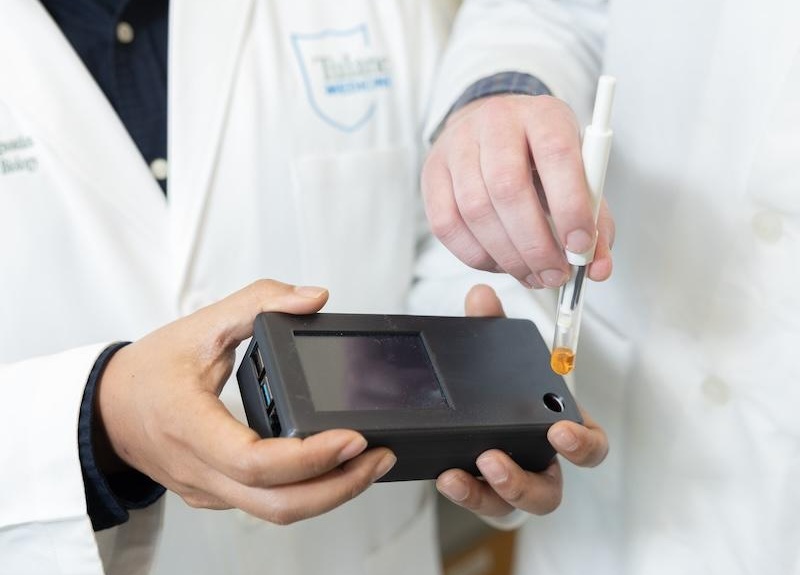
Handheld Device Delivers Low-Cost TB Results in Less Than One Hour
Tuberculosis (TB) remains the deadliest infectious disease globally, affecting an estimated 10 million people annually. In 2021, about 4.2 million TB cases went undiagnosed or unreported, mainly due to... Read more
New AI-Based Method Improves Diagnosis of Drug-Resistant Infections
Drug-resistant infections, particularly those caused by deadly bacteria like tuberculosis and staphylococcus, are rapidly emerging as a global health emergency. These infections are more difficult to treat,... Read more
Breakthrough Diagnostic Technology Identifies Bacterial Infections with Almost 100% Accuracy within Three Hours
Rapid and precise identification of pathogenic microbes in patient samples is essential for the effective treatment of acute infectious diseases, such as sepsis. The fluorescence in situ hybridization... Read morePathology
view channel
Sensitive and Specific DUB Enzyme Assay Kits Require Minimal Setup Without Substrate Preparation
Ubiquitination and deubiquitination are two important physiological processes in the ubiquitin-proteasome system, responsible for protein degradation in cells. Deubiquitinating (DUB) enzymes contain around... Read more
World’s First AI Model for Thyroid Cancer Diagnosis Achieves Over 90% Accuracy
Thyroid cancer is one of the most common cancers worldwide, and its precise management typically relies on two primary systems: (1) the 8th edition of the American Joint Committee on Cancer (AJCC) or ... Read more
Breakthrough Diagnostic Approach to Significantly Improve TB Detection
Tuberculosis (TB) remains the deadliest infectious disease globally, with 10.8 million new cases and 1.25 million deaths reported in 2023. Early detection through effective screening is crucial in identifying... Read more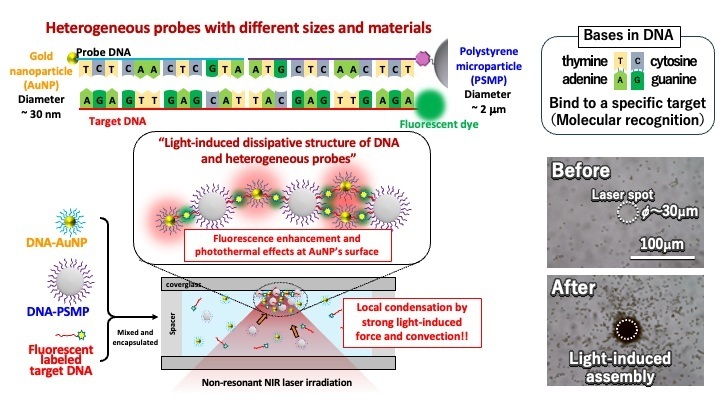
Rapid, Ultra-Sensitive, PCR-Free Detection Method Makes Genetic Analysis More Accessible
Genetic testing has been an important method for detecting infectious diseases, diagnosing early-stage cancer, ensuring food safety, and analyzing environmental DNA. For a long time, polymerase chain reaction... Read moreIndustry
view channel
Cepheid and Oxford Nanopore Technologies Partner on Advancing Automated Sequencing-Based Solutions
Cepheid (Sunnyvale, CA, USA), a leading molecular diagnostics company, and Oxford Nanopore Technologies (Oxford, UK), the company behind a new generation of sequencing-based molecular analysis technologies,... Read more
Grifols and Tecan’s IBL Collaborate on Advanced Biomarker Panels
Grifols (Barcelona, Spain), one of the world’s leading producers of plasma-derived medicines and innovative diagnostic solutions, is expanding its offer in clinical diagnostics through a strategic partnership... Read more















